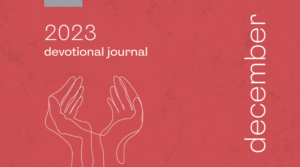Deeper ReflectionThe great statue with four different metallic parts in Daniel 2 and
the four great beasts in Daniel 7 carry the same symbolism of
four kings and kingdoms, with Nebuchadnezzar and Babylon
represented by the golden head (Dan 2:37-38) and the first lion-like
beast (Dan 7:4).
48 In Daniel 7, the identity of the second and third beasts
(Dan 7:5-6) is “less clear and actually does not matter much” and they
“function to create space between” the present Babylonian Empire and
the “more distant future” fourth beast.
49Various historical interpretations of the “fourth beast” and the “little
horn” have been made. But there are several such interpretations that
“suggests that it is right to see here not so much a single unique historical
point of reference but a
recurring pattern”
50 . In history, human
empires rise and fall, overlapping each other, going to war with each
other, and at different times “especially vicious regimes arise that seem to
concentrate evil to its most potent virulence”
51 . The “fourth beast” with
its climactic “little horn” “represent such ultimate manifestations of evil,
anti-God, anti-human forces that exude arrogance, breathe out violence,
and wreak devastation and destruction on an enormous scale causing
intense suffering to the people of God at such times.”
52 The picture of
the “fourth beast” and the “little horn” is a
theological picture (rather
than a historical one) and
paradigm that “fits more than one regime or
individual tyrant in the long history of Jews and Christians”
53 .It is wisdom to observe theologically and reflectively such recurring
evil human powers in history, and be discipleship-ready for their new
recurrence.
48 Christopher J. H. Wright, 158
49 Christopher J. H. Wright, 158
50 Christopher J. H. Wright, 159; emphasis mine
51 Christopher J. H. Wright, 159
52 Christopher J. H. Wright, 159-60
53 Christopher J. H. Wright, 160

